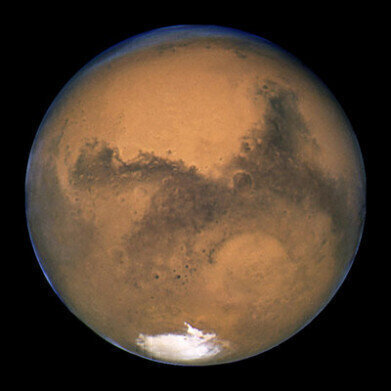GC, MDGC
Was There Life on Mars? Ask SAM
Jul 31 2015
It isn’t a mystery that we are interested in our nearest neighbour Mars — after all, curiosity is one of the greatest virtues in our search for truth and understanding. So take a look at the latest mission to the red planet, the Mars Science Laboratory and in particular its rover — Curiosity — as they try to answer the question ‘was there life on Mars?’
Mars Exploration Program
The Curiosity rover is part of the Mars Science Laboratory (MSL) mission which landed on Mars in August 2012 — with MSL being part of NASA’s wider Mars Exploration Program. The Exploration program is a long term program using robotic rovers to explore the surface of the red planet.
The Mars Exploration Program has four main aims:
- Determine whether life ever arose on Mars
- Characterize the climate of Mars
- Characterize the geology of Mars
- Prepare for human exploration
The role of Curiosity is to assess how the environment on Mars has changed and if it could have supported life forms such as microbes — this will help to determine the planet's habitability.
The biggest science lab on Mars — Meet SAM
Curiosity carries the most advanced set of instruments to have landed on Mars so far, with more than half of the instrument payload taken up with one of the spectrometers — SAM.
SAM — Sample Analysis at Mars — consists of three instruments closely related to each other, a gas chromatograph with mass spectrometry (GC-MS) along with a tuneable laser spectrometer (TLS).
The GC has six columns that are 30m in length with an internal diameter of 0.25mm. Each column is configured individually with different stationary phases to allow for a wide range of compounds to be separated and then analysed. The effect of changing column parameters is discussed fully in the article, Optimisation of Column Parameters in GC.
SAM is designed to process both solid and gaseous samples. It has a furnace capable of heating solid samples to over 900?C and then extracting and passing the volatiles released through the GC columns and on to the mass spectrometer and TLS — and water was one of the compounds found when Martian rocks were heated in SAM.
Results so far
Several instruments aboard Curiosity have identified some kind of signal that water was, or is, present on Mars; but SAM has given scientists back on Earth an idea about the water’s origin by measuring its D/H (deuterium/hydrogen) ratio — with the results showing that the Martian atmosphere has changed over the years — indicating that conditions on Mars were very different in the past.
So far SAM has found methane in the atmosphere but no evidence it came from microbes — the search for life on Mars goes on.
Image courtesy of NASA
Digital Edition
Chromatography Today - Buyers' Guide 2022
October 2023
In This Edition Modern & Practical Applications - Accelerating ADC Development with Mass Spectrometry - Implementing High-Resolution Ion Mobility into Peptide Mapping Workflows Chromatogr...
View all digital editions
Events
Jan 20 2025 Amsterdam, Netherlands
Feb 03 2025 Dubai, UAE
Feb 05 2025 Guangzhou, China
Mar 01 2025 Boston, MA, USA
Mar 04 2025 Berlin, Germany














